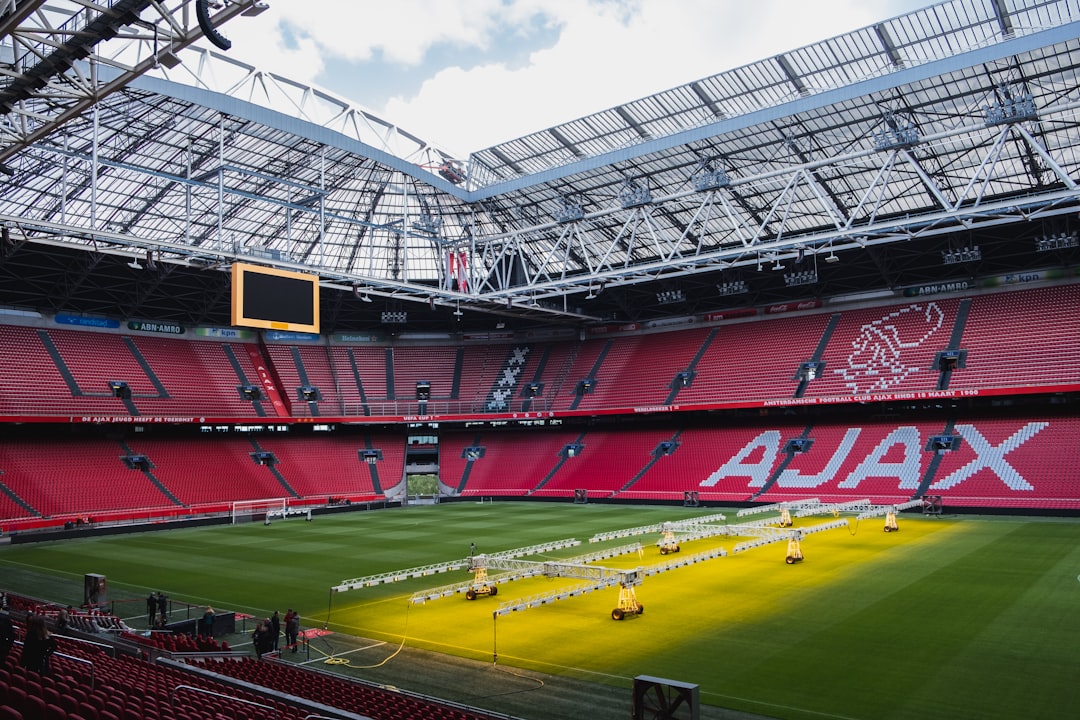What is it about?
As the state of architectural education is increasingly discussed in global terms, the need to tell the story of sub-Saharan Africa has never been more urgent. Although this is often obscured by discourse from other parts of the world, it remains especially significant in relation to growing debates on decolonising and transforming education.
Featured Image

Photo by Arno Senoner on Unsplash
Why is it important?
The article investigates historic and contemporary discourses of architectural education in sub-Saharan Africa, informed by the recognition that architecture is a sociocultural phenomenon. The cases presented may further destabilise the status quo and the embedded hierarchies in architectural education. In the final instance, they are testament to a growing penchant for change, as they acknowledge alternative forms of knowledge and break from the hegemony of ahistoric educational approaches.
Perspectives
This paper is a culmination of a decade long investigation into the state of architectural education across a number of countries across sub-Saharan Africa. The paper is geared to critic existing approaches to architectural education seeking to initiate a questioning of the status quo and breaking away from hegemonic educational approaches.
Dr Mark Olweny
University of Lincoln
Read the Original
This page is a summary of: Architectural education in sub-Saharan Africa: an investigation into pedagogical positions and knowledge frameworks, The Journal of Architecture, September 2020, Taylor & Francis,
DOI: 10.1080/13602365.2020.1800794.
You can read the full text:
Contributors
The following have contributed to this page










